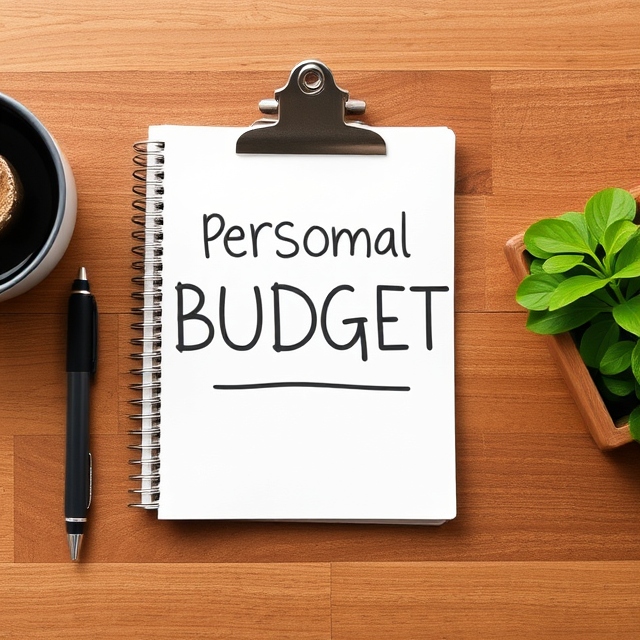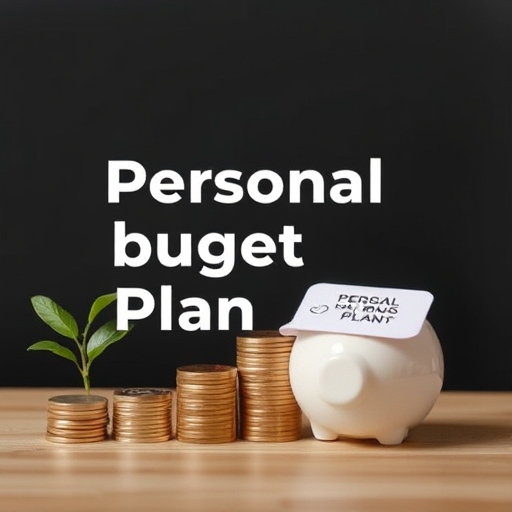Effective money management begins with having a personal budget plan. A budget can help one track income, control expenditures, and achieve certain monetary goals. This guide will walk you through creating a personal budget plan,
Need for a Personal Budget Plan
Before proceeding, let’s understand how important budgeting really is:
Control Over Finances: The budget takes charge of your spending and savings.
Debt Management: It becomes easier to pay off debts if you know where your money goes.
Achieving Goals: Whether a house, car, or retirement, a budget makes it possible.
Emergency Preparedness: A budget sets your foundation for an unexpected.
Knowing this, now let’s get to your personal budget plan.
Step 1: Determine Your Income
Start by calculating your total monthly income. Include all sources of income such as:
- Salary (after taxes)
- Freelance work
- Investments or dividends
- Side hustles
- Rental income
Knowing your income gives you a clear picture of how much money you have to work with each month.

Step 2: Track Your Expenses
To create an accurate budget, you need to understand your spending habits. Categorize your expenses into two main types:
- Fixed Expenses:
- Rent or mortgage
- Utilities (electricity, water, internet, etc.)
- Insurance (health, car, etc.)
- Loan payments
- Variable Expenses:
- Groceries
- Dining out
- Entertainment
- Transportation (fuel, public transport, etc.)
- Miscellaneous (subscriptions, shopping, etc.)
Step 3: Set Financial Goals
Your budget should align with your short-term and long-term financial goals. Examples include:
- Short-term Goals: Saving for a vacation, buying a gadget, or building an emergency fund.
- Long-term Goals: Saving for retirement, buying a home, or funding education.
Write down your goals and assign a timeline to each. This will help you prioritize your spending and savings.

Step 4: Choose a Budgeting Method
There are several budgeting methods to choose from. Select one that suits your financial habits:
- 50/30/20 Rule:
- 50% for needs (essentials like rent, groceries, and utilities)
- 30% for wants (entertainment, dining out, etc.)
- 20% for savings and debt repayment
- Zero-Based Budgeting:
- Assign every dollar of your income to an expense or savings category.
- Envelope System:
- Use physical envelopes or digital tools to allocate funds for specific categories.
- Pay Yourself First:
- Allocate a portion of your income to savings before covering other expenses.

Step 5: Create Your Budget Plan
Use a spreadsheet, app, or pen and paper to draft your budget. Here’s a simple template:
| Category | Planned Amount | Actual Amount | Difference |
|---|---|---|---|
| Income | $XXXX | $XXXX | $0 |
| Fixed Expenses | $XXXX | $XXXX | $XXXX |
| Variable Expenses | $XXXX | $XXXX | $XXXX |
| Savings/Debt Payment | $XXXX | $XXXX | $XXXX |
Adjust the amounts as needed to ensure your expenses don’t exceed your income.
Step 6: Monitor and Adjust
Creating a budget is just the beginning. Regularly review and adjust it based on:
- Changes in income
- Unexpected expenses
- New financial goals

Tips for Sticking to Your Budget
- Automate Savings: Set up automatic transfers to your savings account.
- Track Spending: Use apps like Mint, YNAB (You Need A Budget), or PocketGuard.
- Cut Unnecessary Expenses: Identify and reduce spending on non-essentials.
- Use Cash for Discretionary Spending: This helps you stick to limits.
- Reward Yourself: Celebrate small wins to stay motivated.
Common Budgeting Mistakes to Avoid
- Being Unrealistic: Set achievable spending and saving limits.
- Ignoring Small Expenses: They can add up and derail your budget.
- Not Tracking Progress: Regular reviews are essential.
- Failing to Plan for Emergencies: Always have an emergency fund.
- Not Including Fun: Allocate a small amount for leisure to avoid burnout.

Tools to Help You Budget
Here are some popular tools to simplify budgeting:
- Spreadsheets: Google Sheets or Excel with templates.
- Budgeting Apps: Mint, YNAB, PocketGuard, or Goodbudget.
- Financial Software: Quicken or Personal Capital.






